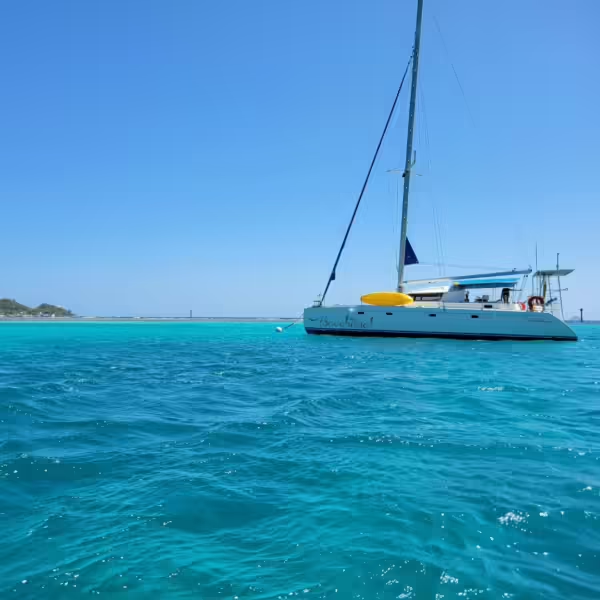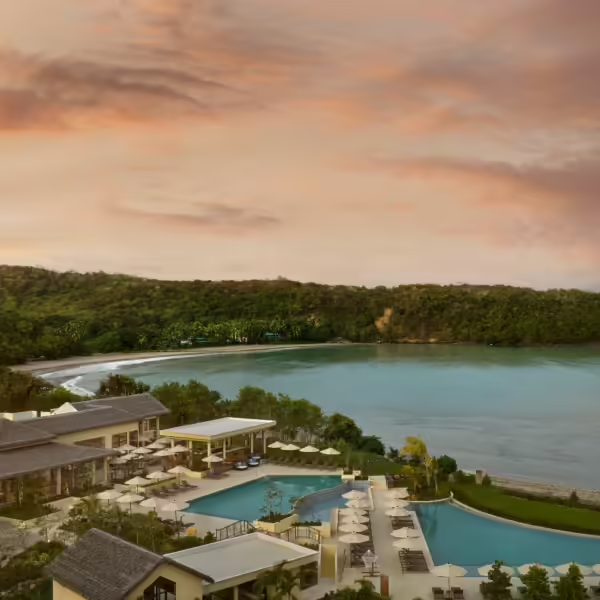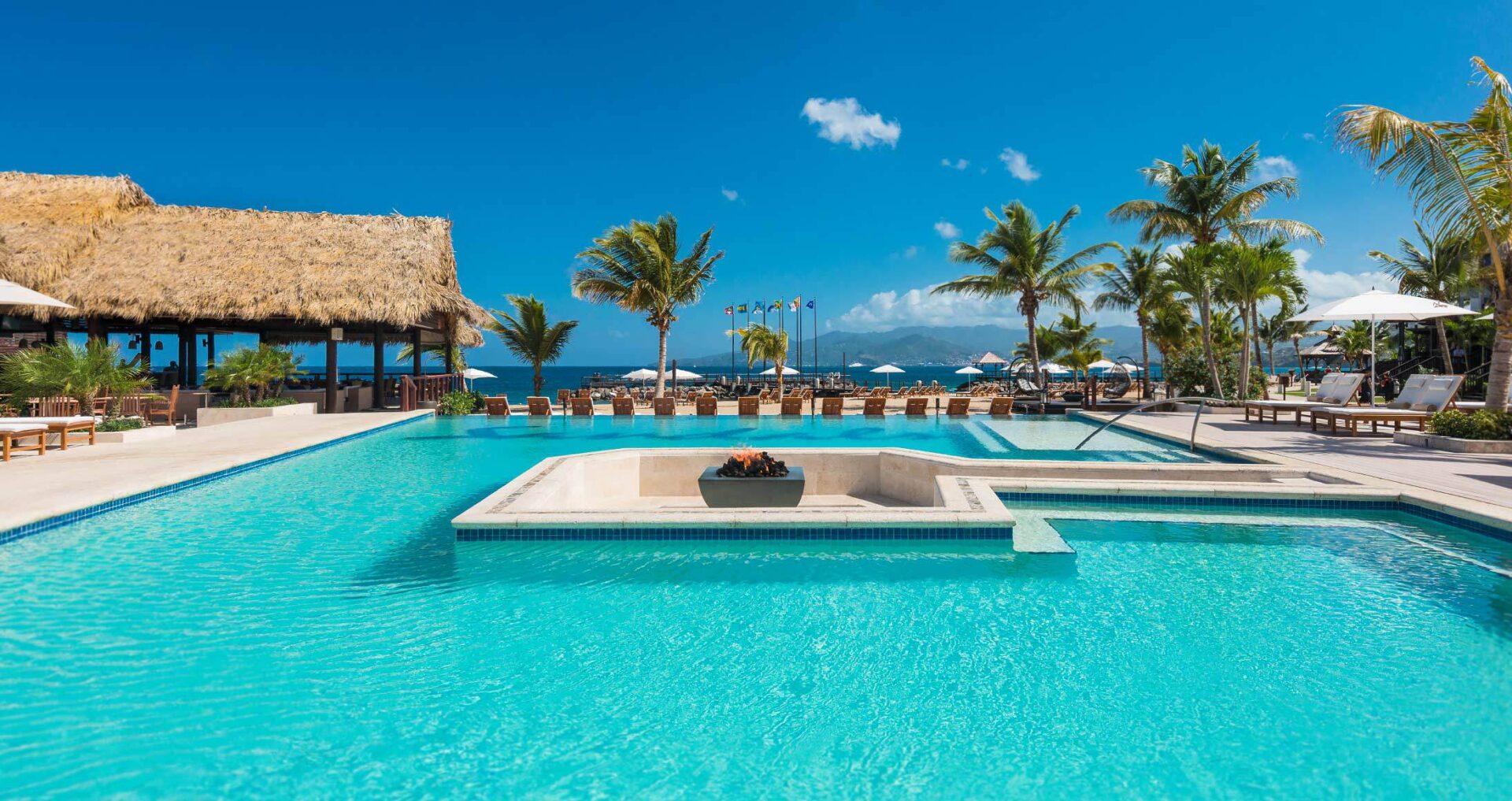
Epiphany Cruises Promotional Offers
Epiphany Cruises – Special Packages for Cruise Line Passengers Curated to cater for our cruise liners, passengers can choose two or three main activities. This price is for the entire
Built between 1706 and 1710, Fort George is considered the most important historical structure in St. George’s for its part in all the political and military changes that took place on the island over the last three hundred years. Originally named Fort Royal, it was renamed Fort George in 1763, in honour of King George III when the British took possession of the island.
It is a bastion tracer fort, which means that each level can give covering fire for the next level. It also exhibits characteristics of classic European fortifications such as a parade, barracks, a guardroom, gunpowder magazine, water cistern, Sally port, cannons and firing galleries. Since being built it has been in constant use in one form or another. Today it is home to the headquarters of the Royal Grenada Police Force but in the past it was the scene of fierce contention between the French and British who fought for control of the island. The Fort was also the site of the end to the Grenada Revolution on October 19, 1983.
Fort George serves up unmatched sweeping views of the Town of St. George, the harbour, southern coastline and the ocean. Much of its elaborate colonial structure remains intact, and part of the pleasure of a visit is rambling around the passages and stairs of the ancient stone fortifications. Fort George still maintains a battery of old cannons, which are excellent for fun photos to remember your trip.
Getting there is quite easy, as there is access from next to the exit to the Sendall tunnel via steps, or the main road which continues on to the General Hospital.

Epiphany Cruises – Special Packages for Cruise Line Passengers Curated to cater for our cruise liners, passengers can choose two or three main activities. This price is for the entire



Details on what a visitor can expect from a Pure Safe location goes here
Although the beautiful islands of Carriacou and Petite Martinique have been affected by Hurricane Beryl, we are on our way to recovery and have started welcoming visitors to our shores once again. As we continue to rebuild, please use the following link for updates on getting there, where to stay and what to do.
Although the beautiful islands of Carriacou and Petite Martinique have been affected by Hurricane Beryl, we are on our way to recovery and have started welcoming visitors to our shores once again. As we continue to rebuild, please use the following link for updates on getting there, where to stay and what to do.
Beachbound.com will fund a $250 promotional code value exclusive to James Bead Organization for event bookings

